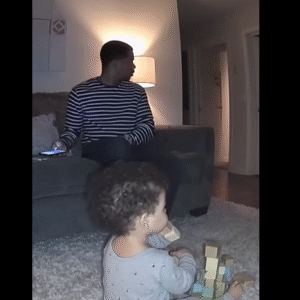At first glance, the image appears perfectly straightforward — a tidy lineup of St. Bernards, calm and majestic. Most viewers instantly count nine dogs and move on, confident they’ve solved it. But this puzzle hides more than meets the eye. A closer look reveals that some pups are cleverly concealed — overlapping, camouflaged, or subtly drawn into the background in ways that easily escape notice.
This optical illusion is designed to challenge how closely you observe details. It’s a reminder of how the brain often fills in what it expects to see instead of what’s truly there. The hidden dogs are positioned with precision, blending into shapes and shadows that trick even the most careful viewers. It’s not just about seeing — it’s about noticing.
Take your time and explore every part of the image — the edges, the spaces between, and the faint outlines that seem to merge into the background. Many people stop at nine, but if you look longer, you’ll discover more. The challenge lies in slowing down, training your eyes to spot patterns that aren’t immediately obvious, and enjoying the quiet satisfaction of discovery.
So, what’s the real answer? There are fifteen dogs in total — nine easily visible and six cleverly hidden within the design. If you didn’t find them all, don’t worry — you’re not alone. That’s what makes this puzzle so engaging. Share it with friends and see who among them has the sharpest eyes. Sometimes, the real fun isn’t in being right away — it’s in looking twice and realizing there’s more than you first imagined.





